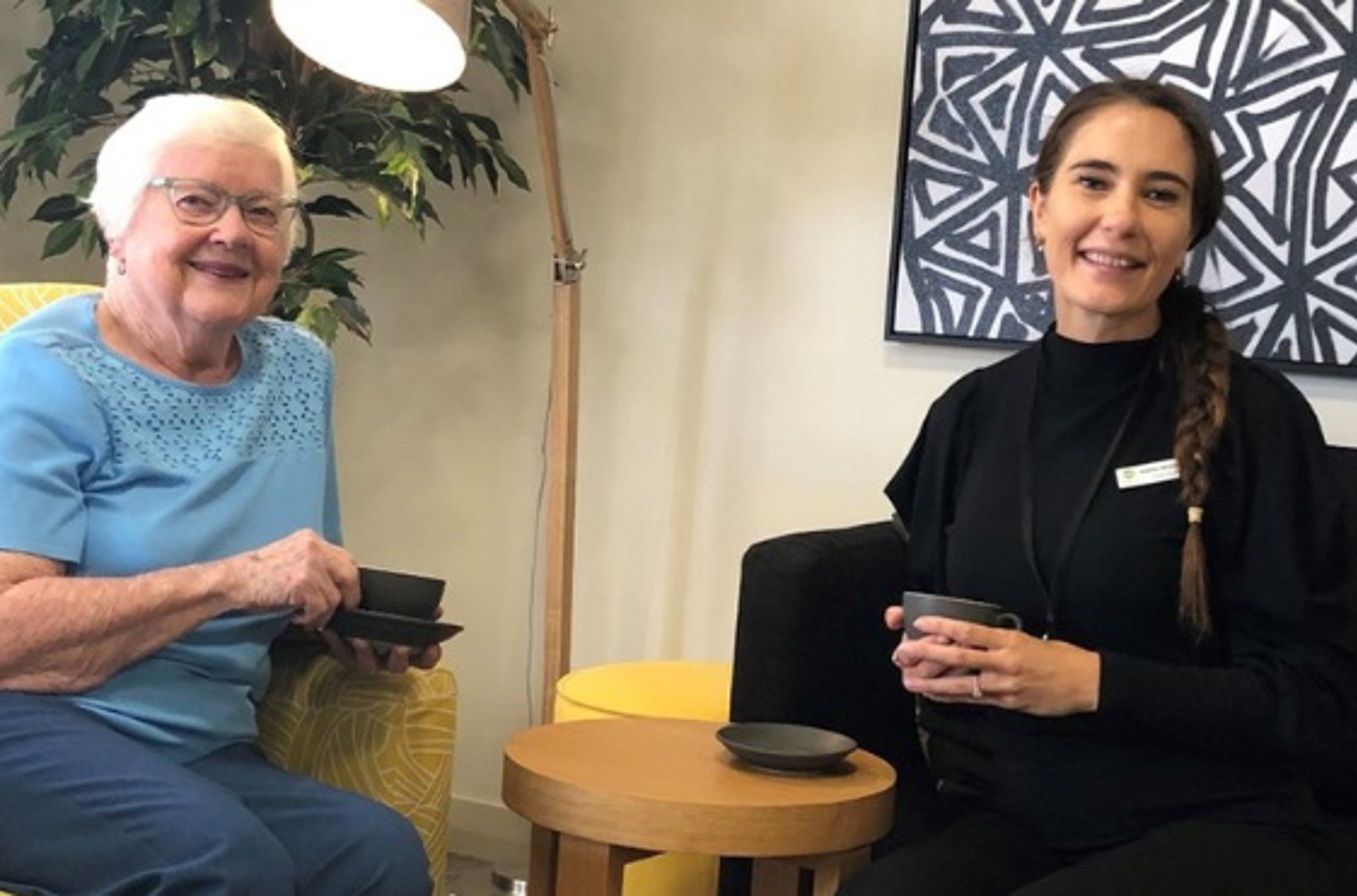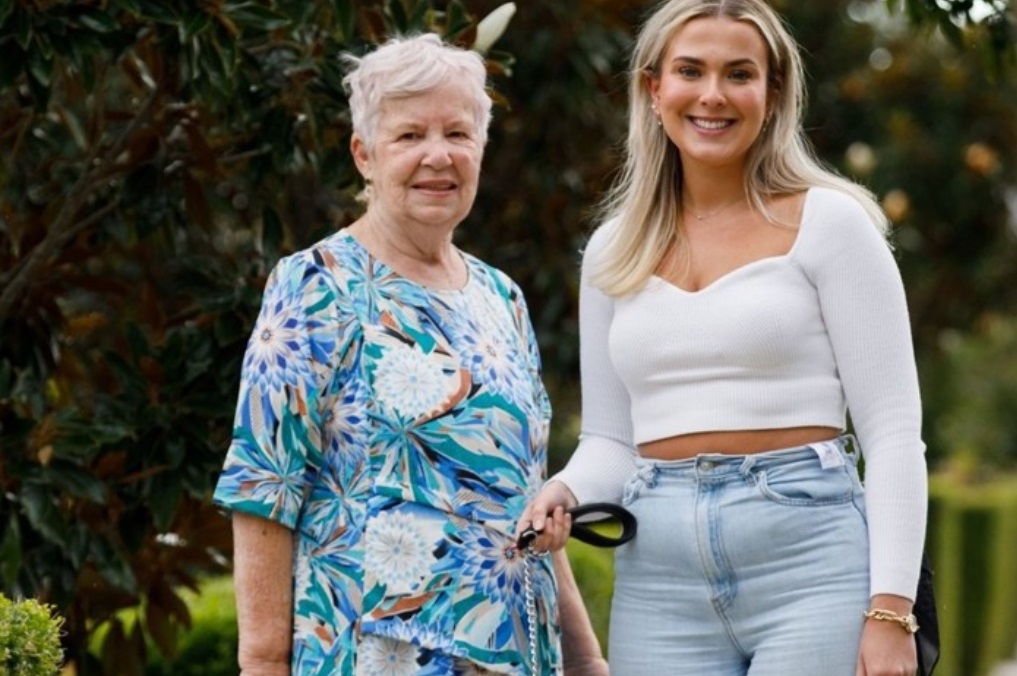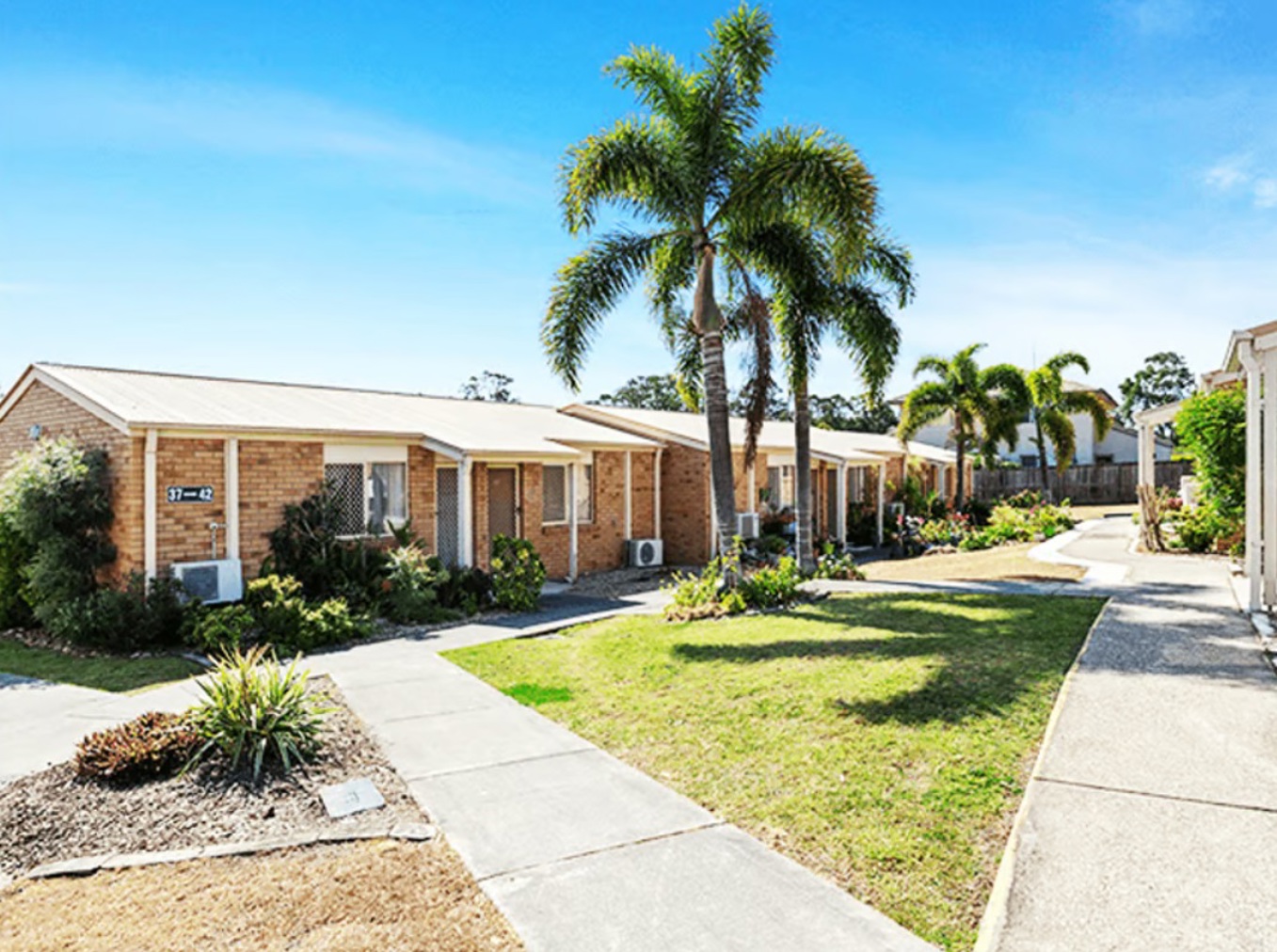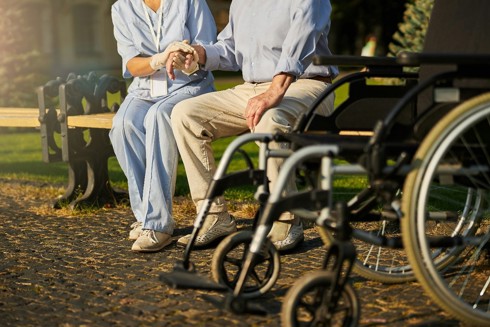A typical exercise session for older people in aged care
23/10/2025
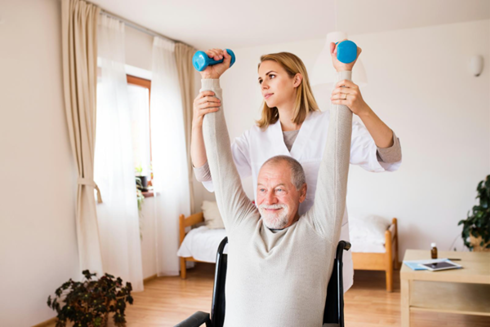
Research is taking place into exercise to stimulate the brain and to try to help prevent falls, the leading cause of death in people 65 and over. In Australia, around one in four people aged over 65 have at least one fall a year.
The International Association of Gerontology and Geriatrics–Global Ageing Research Network (IAGG-GARN) and the IAGG European Region Clinical Section have devised an example of how a 45-minute session of exercise could be used in a residential aged care home.
1. 4 minutes of warm-up. Range-of-motion exercises (for example, for the wrists, shoulders, hip, knees, and ankles), followed by light walking.
2. 8 minutes balance/coordination. Standing balance with increasing difficulty (eg, narrowing the base of support); activities of bodyweight shift; walking forward with changing directions; walking along a straight line (forward, backward, and sideways).
They want to see strategies for breaking the sedentary time of aged care residents, with short breaks of two to five minutes, two or three times a day, as probably feasible.
A new study, announced on 2 October, with participants aged over 65 from residential aged care, have been recruited to analyse the work of IAGG-GARN.
The primary outcome will be the total number of all falls recorded during the intervention period. Secondary outcomes will include short physical performance, six-minute walking test, single leg stance test, and functional reach test.
Munseef Sadaqa, a lecturer at Al al-Bayt University, Jordan, said, “We aim to evaluate the effect of a multicomponent exercise programme on the number of falls and physical functioning in nursing homes residents aged 65 years and over. Additionally, with the data collected we aim to investigate the correlation between the number of falls and baseline variables, including gender as well as physical and cognitive functions.

